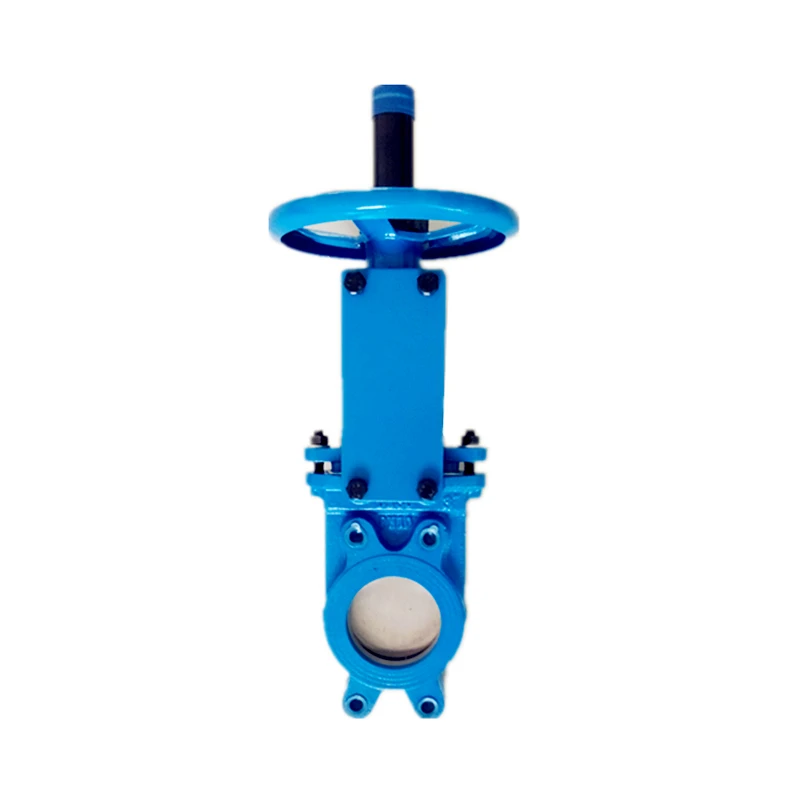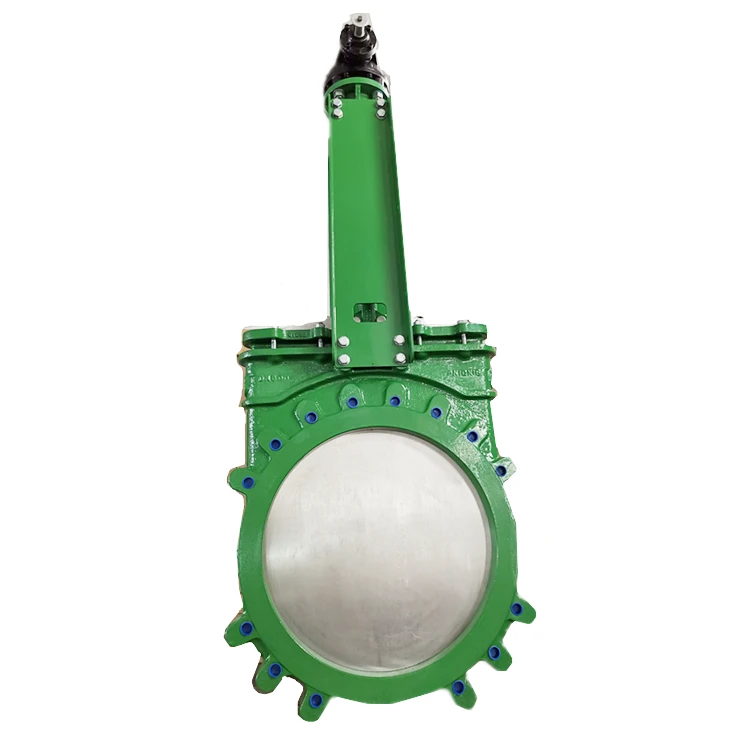Essential Insights on Knife Gate Valves and Their Applications
Key Takeaways
Knife gate valves are essential components in various industrial systems, playing a critical role in regulating the flow of fluids and solids. The flow direction in knife gate valves is significant as it determines how the valve interacts with the medium being controlled. Typically, these valves are installed with the blade positioned horizontally, allowing for efficient cutting through liquids and slurries, which is vital in applications within wastewater management and mining industries.
Understanding leakage classes associated with knife gate valves is crucial for maintaining operational integrity. These classes establish acceptable thresholds for leak rates, ensuring that even under pressure, the valve performs reliably without significant leakage. Knowing these classifications aids engineers in selecting appropriate valves that can withstand specific pressure conditions without risk of failure.
India has become a prominent player in manufacturing knife gate valves, catering to domestic and international markets. Numerous manufacturers across the country prioritize quality and conformity to international standards. Engaging with established suppliers can provide technical support and reliable products tailored to specific industrial needs.
Visual aids such as knife gate valve images often enhance comprehension of these vital instruments. By examining various designs and configurations, users gain insight into their applications across different sectors. These visuals help to illustrate how specific designs cater to unique operational requirements, ensuring efficient flow control.
Understanding these facets of knife gate valves contributes significantly to effective system design and reliability in diverse industrial environments.
Understanding Knife Gate Valve Flow Direction and Its Significance
The flow direction in a knife gate valve is a crucial aspect of its design and functionality. These valves are specifically engineered to control the flow of solids and slurries, making them ideal for applications in industries such as wastewater management, mining, and pulp and paper processing. The significance lies in their ability to effectively stop or allow the flow of materials without causing blockages or buildup.
In general, knife gate valves operate best when the flow direction aligns with the manufacturer's specifications. A valve installed in the correct orientation enhances performance and minimizes risks related to leakage or mechanical failure. The structural design features a sharp-edged gate that slices through media, ensuring a tight seal when fully closed. This design allows for high-pressure applications while maintaining a reliable shut-off capability.
Key Features
Feature | Description |
|---|---|
Operating Temperature Range | Handles extreme temperatures up to 450°F |
Body Material Options | Typically made from carbon steel, stainless steel |
Gate Design Type | Single or double gate depending on application |
Seal Design | Options for elastomeric seals for enhanced leakage control |
Regular inspection of the valve’s flow direction ensures optimal sealing, which can greatly impact operational efficiency. Improper installation may lead to increased wear on components or potential leakage issues classified under leakage classes. This classification system provides insight into how much leakage is acceptable during operation.
"Proper understanding of flow direction can significantly improve the operational life of knife gate valves."
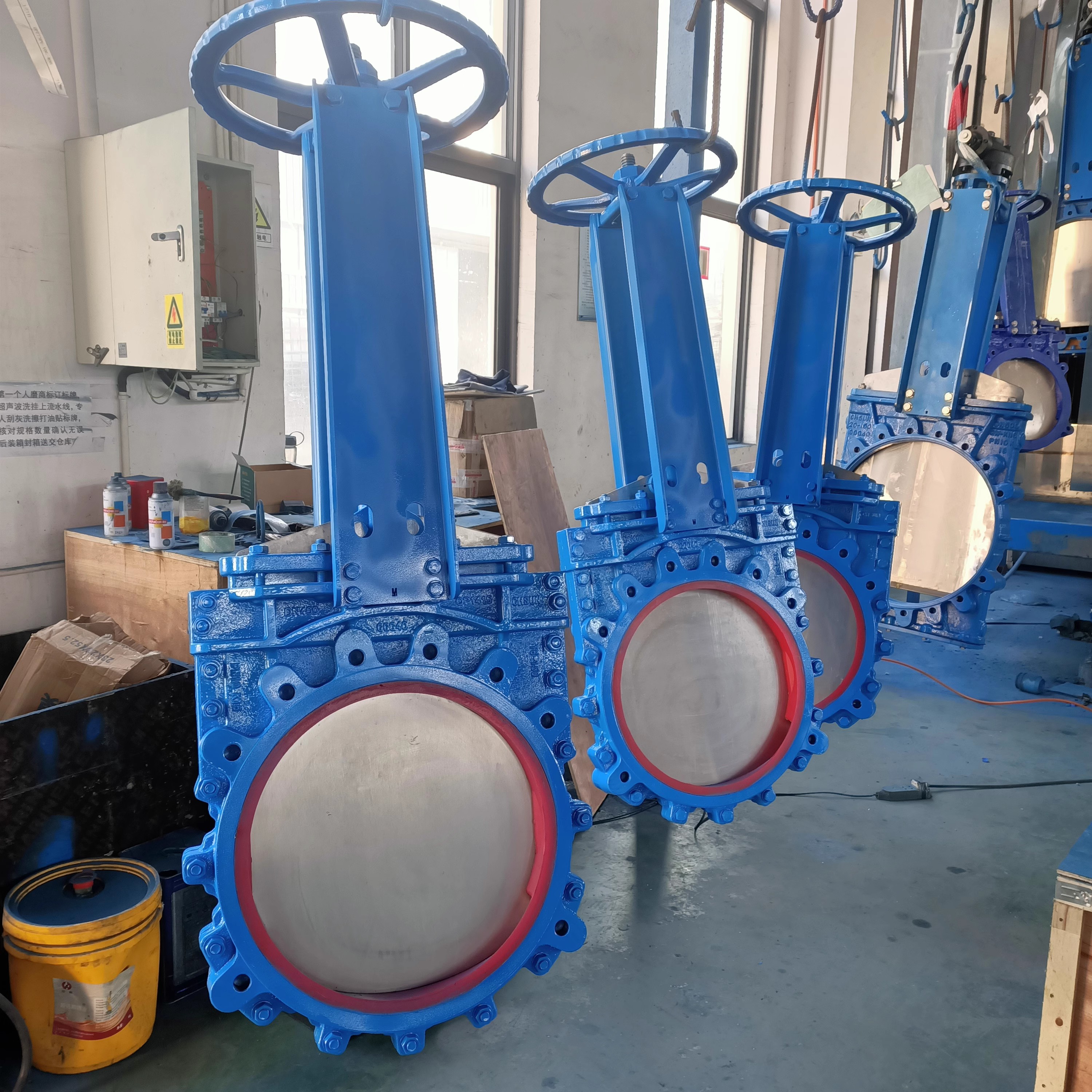
A Comprehensive Guide to Knife Gate Valve Leakage Classes
Knife gate valves are essential in various industrial applications, specifically where they serve to isolate or regulate the flow of materials. Understanding the leakage classes of these valves is crucial for determining their suitability for particular tasks. Leakage classes primarily define how much fluid can escape through the valve when it is in a closed position. These classes are categorized as defined by standards such as the API and ISO, which establish various performance levels.
For instance, Class I typically indicates a valve with minimal leakage, suitable for applications requiring high containment, such as chemicals or hazardous materials. Class II valves allow slightly more leakage, making them appropriate for less critical services where back pressure is not a significant concern. Class III and IV highlight higher leakage rates and are generally utilized in less environmentally sensitive contexts.
Choosing the correct leakage class relies on several factors, including the type of medium being transported, the pressure conditions in which the valve operates, and environmental regulations that may apply to specific industries. Selecting a knife gate valve with an appropriate leakage class ensures operational efficiency while minimizing risks associated with leaks, such as contamination or loss of valuable resources.
Understanding these classifications aids professionals in selecting reliable components tailored to their specific operational demands while enhancing safety and compliance within their facility’s infrastructure.
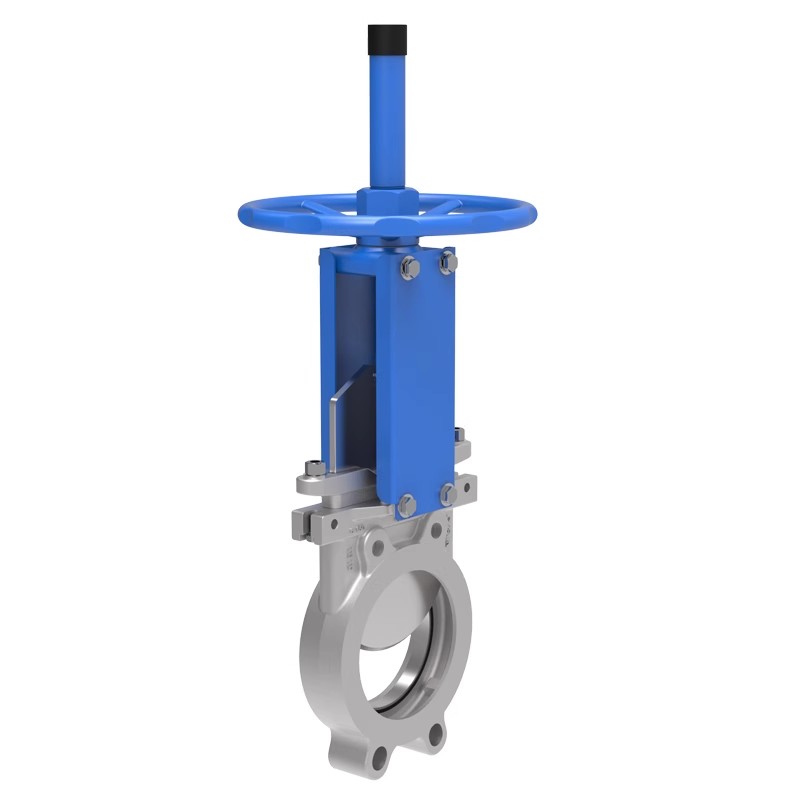
Key Manufacturers of Knife Gate Valves in India
India features a dynamic landscape of manufacturers specializing in knife gate valves, catering to various industries. Significant players produce valves designed for optimal performance under varying conditions. These manufacturers ensure adherence to stringent quality standards, which is crucial for reliability and efficiency in fluid handling systems. Companies invest in advanced technology and engineering practices to enhance the design and functionality of their products. Notable manufacturers have established themselves not only in domestic markets but also on the international stage, offering products that meet global specifications. They provide extensive product lines, ranging from standard designs to customized solutions tailored to specific industrial applications. Moreover, customer service remains a priority, with many manufacturers offering robust support and consultation services to help clients select appropriate knife gate valves according to their operational needs. The availability of comprehensive product catalogs, including detailed specifications and performance data, enables prospective buyers to make informed decisions that best fit their operational requirements.
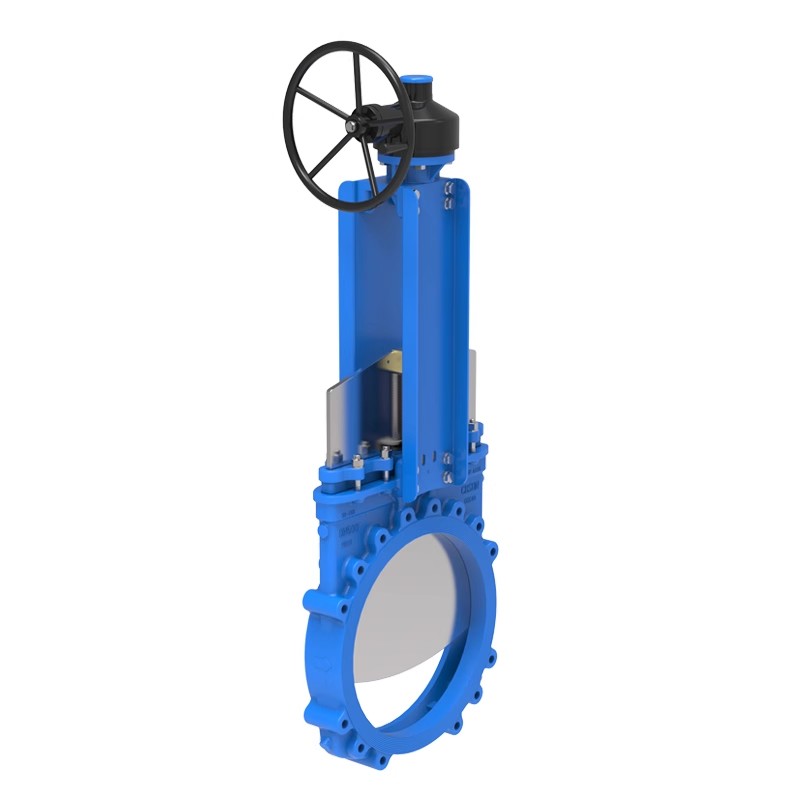
Visual Representation: Knife Gate Valve Images and Their Applications
Knife gate valves are essential components widely used in various industries due to their ability to efficiently manage the flow of liquids and solids. A variety of knife gate valve images can be found online, showcasing different designs and sizes suited for distinct applications. These images provide visual clarity on the structure of the valves, highlighting features such as the blade-like gate that allows for quick opening and closing. The mechanical simplicity of knife gate valves is evident in these visuals, emphasizing their straightforward operation—ideal for tasks ranging from controlling sewage water to regulating slurries in mining operations.
Understanding the visual aspects aids in recognizing how these valves function under specific conditions. For instance, images often depict knife gate valves installed in pipelines where precise flow control is crucial. The dark metallic finish typical of these valves conveys robustness, suggesting suitability for high-pressure environments. Additionally, it is advantageous to visualize installation contexts to comprehend proper orientation; thus assessing aspects like flow direction remains pivotal.
Industries such as oil and gas, water treatment, and pulp and paper heavily utilize knife gate valves effectively. Observing various configurations through images can reveal adaptations suited for particular uses—such as those designed to handle abrasive materials or environments where leakage prevention is a top priority. Familiarity with both aesthetic characteristics and functional designs enhances practical knowledge about implementing knife gate valves across applications while solidifying their position as indispensable elements within industrial infrastructure.
Conclusion
Knife gate valves serve a crucial role in various industries, providing effective control of fluid flow through pipelines. Their design facilitates unobstructed flow when fully open and minimizes pressure drop, making them ideal for applications where efficiency is paramount. Understanding knife gate valve flow direction is essential for ensuring optimal performance; these valves typically operate in a single-direction manner, which significantly influences the setup of piping systems. Additionally, knowledge of knife gate valve leakage classes is paramount for selecting the appropriate valve for specific operational conditions, as they indicate the allowable leakage levels during service.
In the context of India, several reputable knife gate valve manufacturers are available, offering a range of products suited to various industrial requirements. Their innovations and commitment to quality contribute significantly to the performance and reliability of these valves across applications such as wastewater treatment, mining, and power generation. Visual resources, including knife gate valve images, enhance comprehension and assist engineers in making informed decisions regarding installation and maintenance practices. With their robust performance characteristics and versatility in application, knife gate valves remain indispensable components in modern fluid management systems.
FAQs
What is the flow direction in a knife gate valve?
The flow direction in a knife gate valve is typically unidirectional, meaning it allows fluid to flow through the valve in one specific direction. This design ensures efficient operation and minimizes the risk of backflow.
What are the common leakage classes for knife gate valves?
Common leakage classes for knife gate valves include Class I, which allows minimal leakage under specified conditions, and Class IV, which tolerates slightly higher leakage rates. These classifications help in determining the suitable valve for specific applications based on pressure and flow requirements.
Which manufacturers produce knife gate valves in India?
Several reputable manufacturers produce high-quality knife gate valves in India, including established names known for their engineering excellence. They often focus on innovative designs and materials to meet industry standards.
Where can I find images of knife gate valves?
Images of knife gate valves are readily available on various platforms, including manufacturer websites, industrial catalogs, and engineering product databases. They provide visual insights into the design and application of these critical components.
In what industries are knife gate valves commonly used?
Knife gate valves are commonly used in industries such as wastewater treatment, mining, pulp and paper, and food processing. Their robust design makes them ideal for handling thick fluids or slurries where other valve types might fail.

